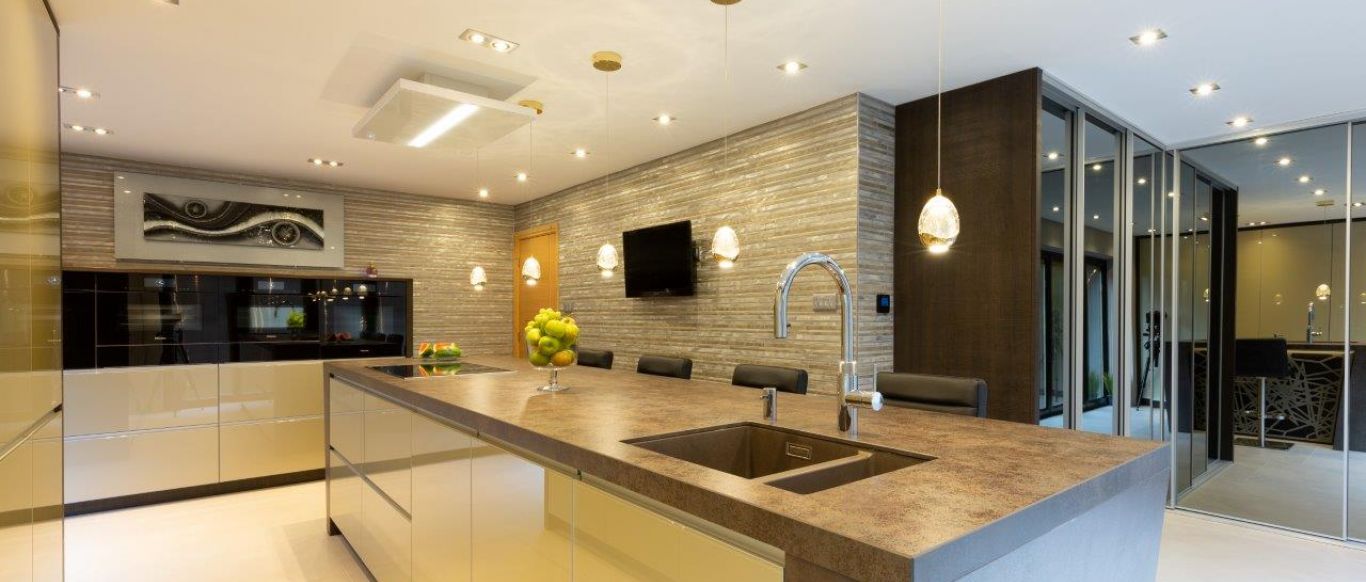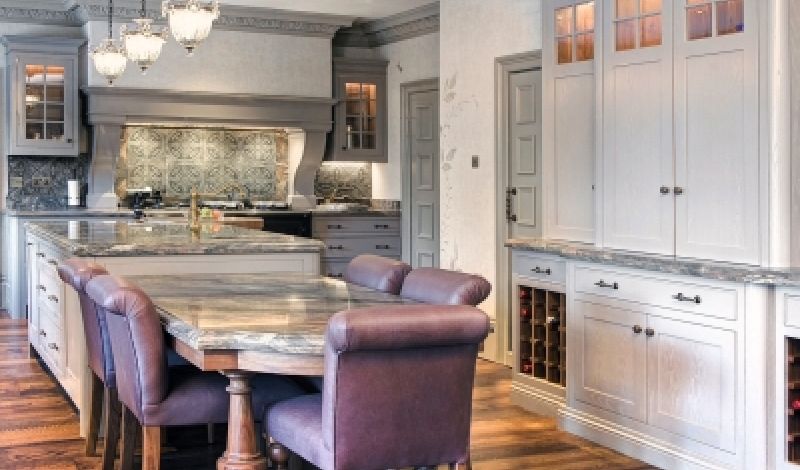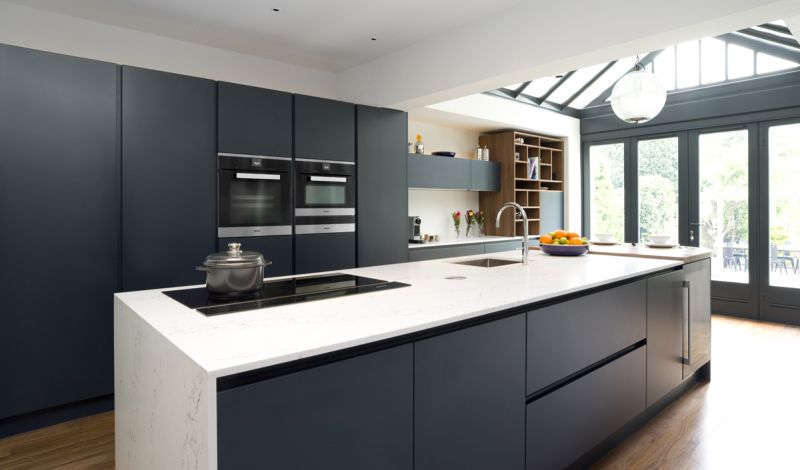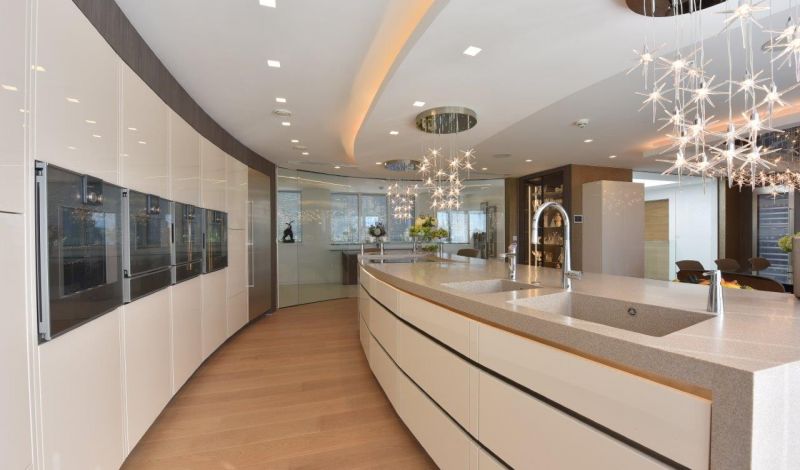How To Choose The Best Worktop For Your Kitchen
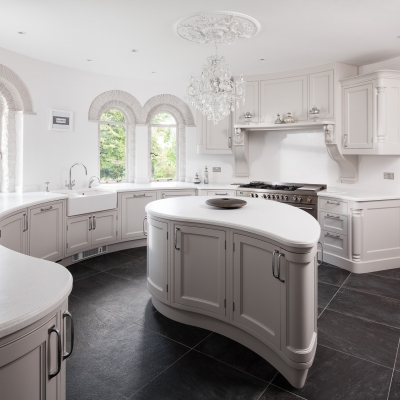 24
24Oct '19
The worktops you choose for your kitchen will depend on many things - the look you're trying to achieve, the space available, your culinary style, and how family members use the room.
When we begin to consider our ideal kitchen, choice of worktop isn’t always at the top of the list. But given that it’s a highly visual element of the kitchen, and will have a huge impact on how we’re able to use the space on a daily basis, it really is worth giving it some serious thought.
We think about layout, cabinetry, appliances and flooring in terms of style, budget and lifestyle. Here is a little guidance on worktops with regard to these key areas. There’s a huge range of options but hopefully these tips will enable you to make this important decision more easily.
Your Kitchen Style
If you’re designing your new kitchen from scratch, you’re probably torn between different styles - sleek, country, minimalist or cosy? This article on choosing your perfect kitchen could really help you.
However, once you’ve made the decision, you will probably still find that there are a lot of worktop options that would fit with your chosen style. You may even want to incorporate more than one type…..
If you’re planning to create a modern urban kitchen, consider stainless steel. There’s a reason it’s used in most restaurant kitchens - it’s durable and easy to keep clean. If you feel it’s too plain or clinical, consider a composite solid surface worktop, which can be supplied in a huge range of colours, and creates uninterrupted lines due to seamless joints. Another popular choice for a contemporary kitchen is concrete - but make sure your installation team has plenty of muscle!
A kitchen doesn’t just have to be a practical space, and if you’re interested in introducing an element of glamour and elegance, choose marble. It’s timeless, and also naturally very cool, which makes it a great surface to bake on!
In a country-style kitchen, a wooden worktop will always look great. Its imperfect finish adds character, and as a material, it’s warm as well as durable. Oak is the hardwood most commonly used. Try to ensure it comes from a sustainable (ideally FSC) source.
Your Budget
The most cost-effective worktop on the market is a laminate option. Although it is still more prone to chipping/being damaged, the quality is much higher than it used to be. The joins may be quite prominent, but it’s simple to install, so an experienced fitter will still do a very neat job. There’s a huge choice of colour, pattern and texture available, so finding a match for your theme/colour scheme should be very straightforward.
Some of the aforementioned composite worktops are also becoming increasingly popular due to their durability and value for money. Minerva and Maia are mid-range as far as their cost per square metre is concerned, while Corian tends to be more expensive.
In the long run, granite is a good option. It may be more expensive than many of the materials available, but it’s extremely long-lasting and hard to damage. It looks sleek, but each piece has unique markings and colours.
If you’d like to really splash out, choose marble or quartz, which is a man-made stone that’s incredibly easy to look after and can be supplied in a wide range of colours and textures (with a uniform finish).
As an alternative to stainless steel, you could opt for copper. It is expensive but will look really beautiful in most kitchen settings. It’s naturally antibacterial, sustainable and completely recyclable. Read more tips on creating an environmentally friendly kitchen here.
Your Lifestyle
It is, of course, really important that the design of your kitchen, and the materials used, reflect your lifestyle. This article offers a little guidance on ensuring your kitchen suits you, as it’s where we spend the majority of our waking hours.
When choosing your worktop, it’s important to consider how much time and effort you can spare for the upkeep and maintenance of the surface. For example, a hardwood worktop will need treating with linseed oil (or similar) at least twice a year, and at any time when the wood appears dried out.
Water must not be allowed to stand on a wooden surface, which means taking particular care around the sink area to ensure the surface is wiped down. However, it can be sanded down if any damage occurs and it ages beautifully. Granite is lower maintenance, but the recommendation is that it is sealed once a year as it can become porous.
Laminate does not need sealing but is more prone to damage, so it may need to be replaced more regularly than some of the more expensive alternatives.
If your kitchen is a busy family space, you’re probably going to look for something extremely hard-wearing. Marble may look fabulous, but it’s extremely vulnerable to scratching and staining. Granite and quartz are much more durable, as well as antibacterial. Wood is also hygienic as it has natural antibacterial properties. Stainless steel and copper are the most hygienic of all. Copper will develop a weathered look, but most people agree this only adds to its charm.
If you cook from scratch regularly, you’ll want a surface that’s as heat and scratch resistant as possible. A composite solid surface, granite or quartz surface is ideal for a keen chef, as these will stand hot pans being put down on them, and can even be used in place of a chopping board in some instances. However, if you really want to prolong the life of your worktop, trivets and chopping boards are always recommended. They can be replaced much easier than the worktop can!
Make sure you think carefully about your choice of worktop - it needs to last and suit your lifestyle and budget. A good kitchen retailer will be more than happy to show you a range of examples and advise on fitting and maintenance as you begin your kitchen design journey.

